Acoustics & Sound Masking Blog

NPC-300: Guideline to Ontario's Environmental Noise Compliance
Confused about NPC-300? This article walks you through compliance guidelines, acoustic assessment, and smart noise control strategies.
Read article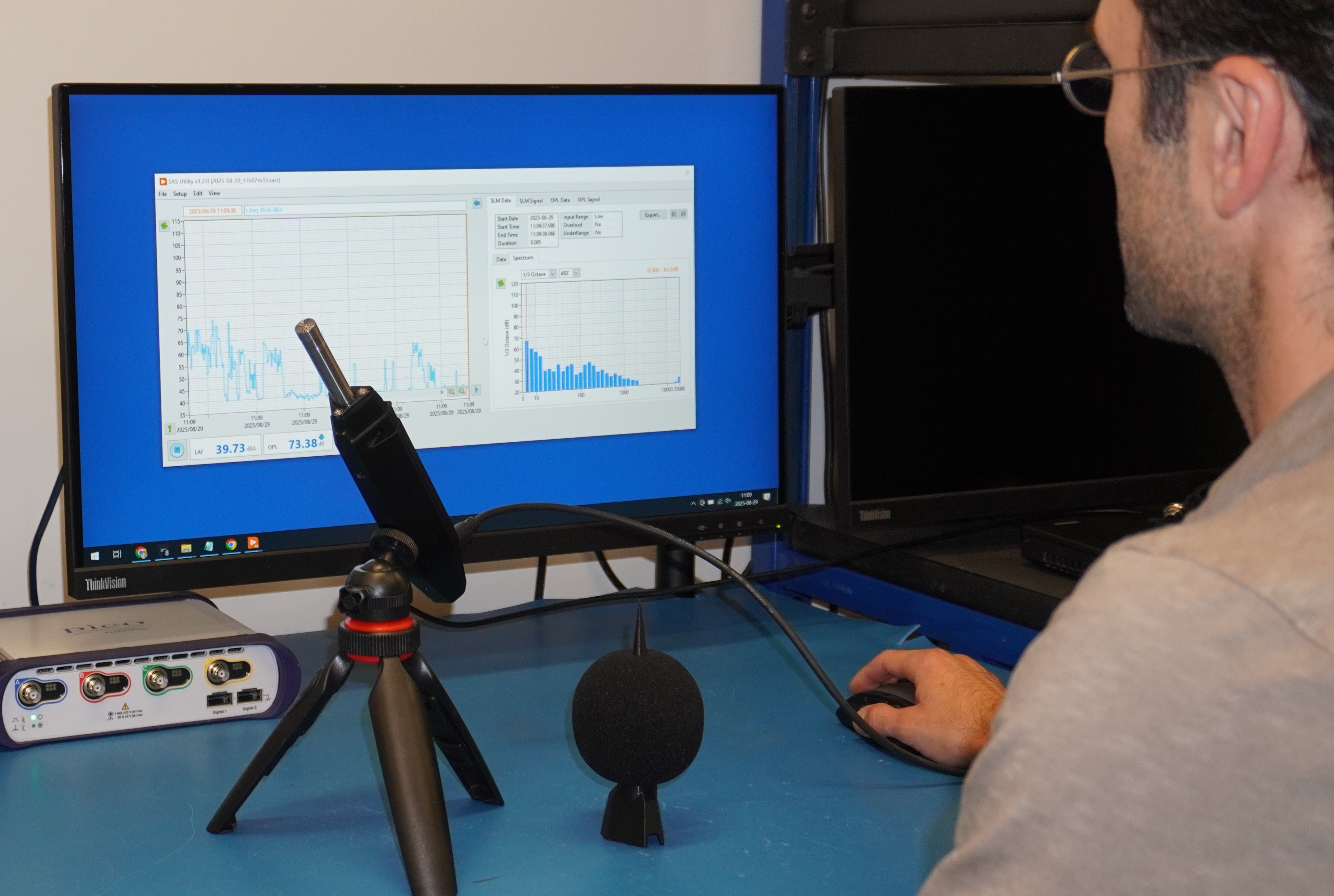
Behind the SAS: How Our R&D Team Reimagined Acoustic Monitoring
To understand how the the SAS came to life, we sat down with some of the minds behind it. Here's their story in their own words.
Read article
How Sound Masking Improves Sleep and Well-Being in Hospitals: Insights from the Mayo Clinic and Global Research
New Mayo Clinic research confirms that white noise and sound masking improve patient sleep, comfort, and recovery in healthcare environments.
Read article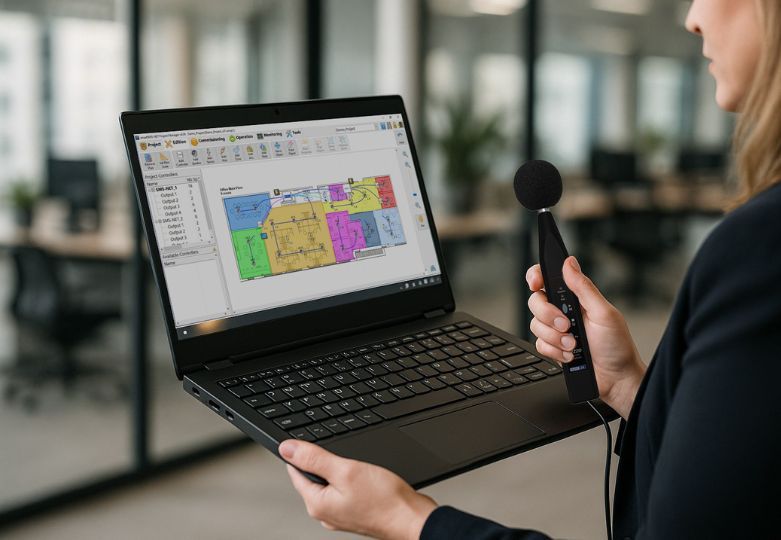
The Hidden Cost of Noise
FMs and their organizations often overlook the hidden costs of noise in commercial buildings, the importance of acoustic comfort, and how proactive sound design — especially through sound masking — can become a powerful tool to optimize the workplace and support organizational goals.
Read article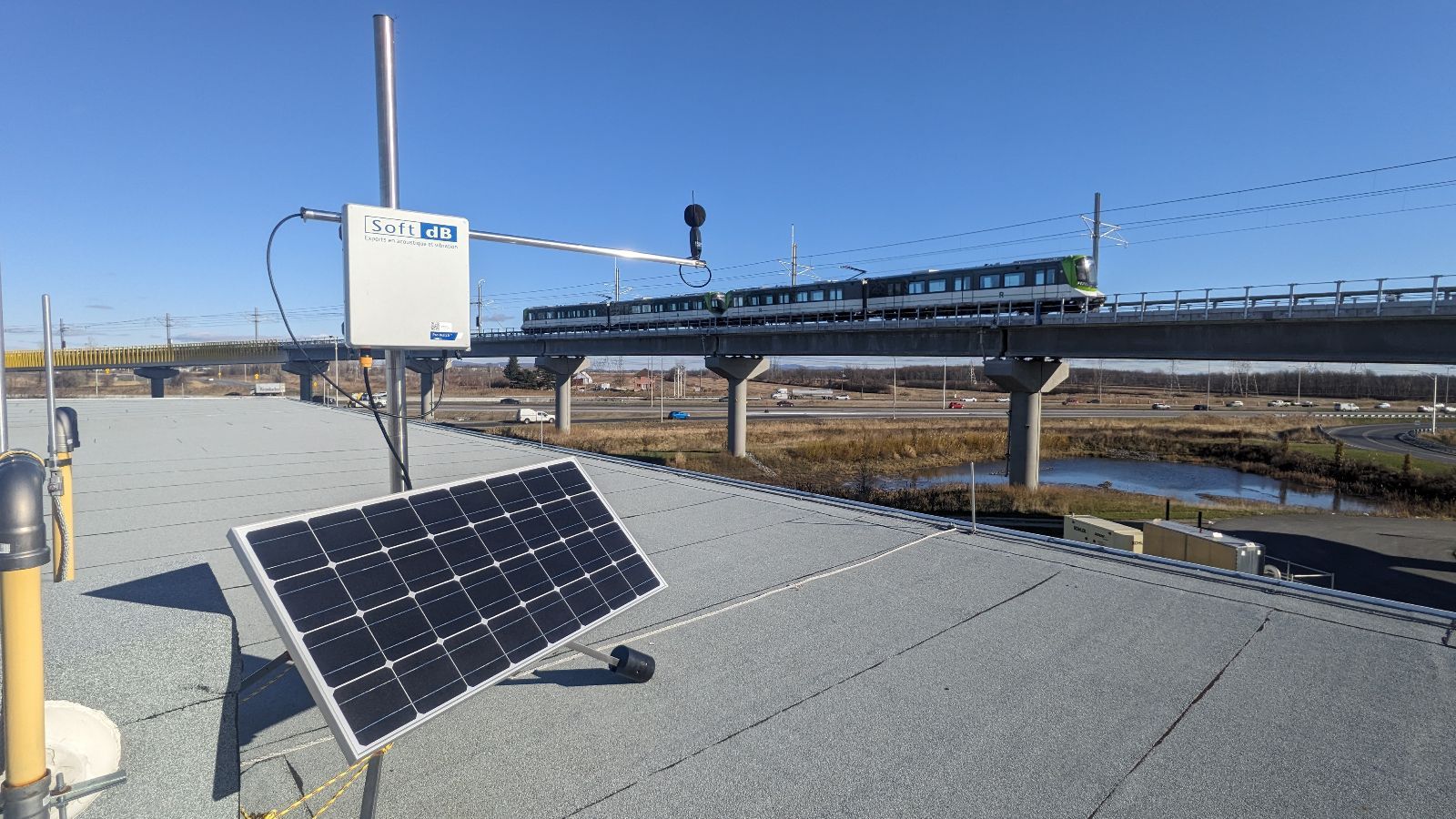
Class 1 vs Class 2 Sound Level Meter: A Complete Guide
Wondering which sound level meter fits your needs? This expert breakdown of Class 1 vs Class 2 meters helps you make the right choice.
Read article
Why Facility Managers Should Visit Soft dB at IFMA’s World Workplace 2025
Facility management is evolving faster than ever. Between rising expectations for employee wellness, the push for flexible work environments, and the need for sustainable solutions, facility managers are at the center of workplace transformation. That’s why IFMA’s World Workplace 2025, happening September 17–19 at the Minneapolis Convention Center,
Read article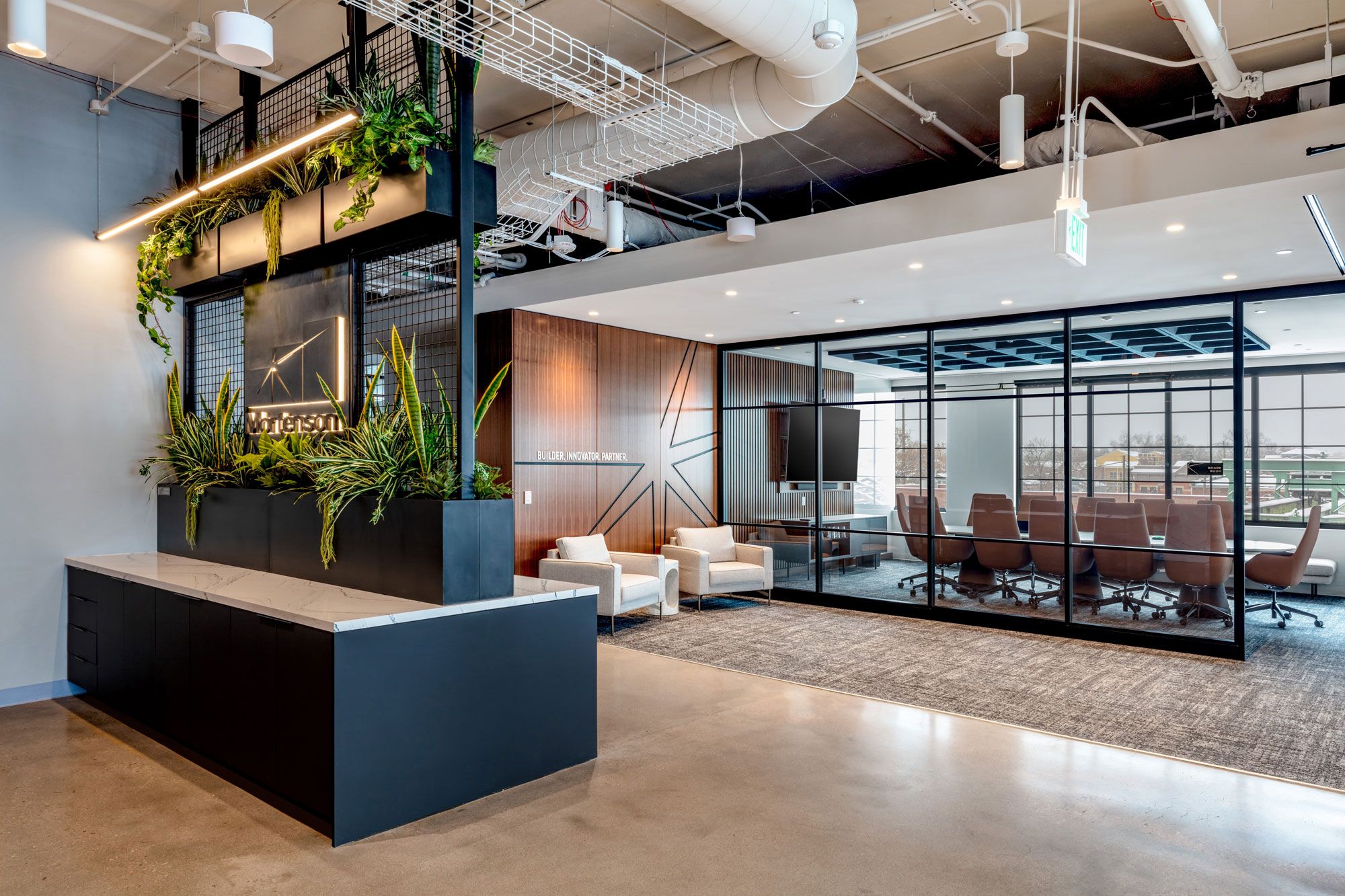
Office Acoustics Done Right: Inside Mortenson Denver Headquarters
Bringing Peace & Privacy to a Bold, Modern Space Mortenson’s new Denver headquarters at 3083 Walnut is the definition of forward-thinking design—polished concrete floors, exposed ceilings, glass-enclosed offices, and collaborative workspaces that reflect both creativity and performance. But with all those beautiful hard surfaces and open spaces came an invisible challenge: noise.
Read article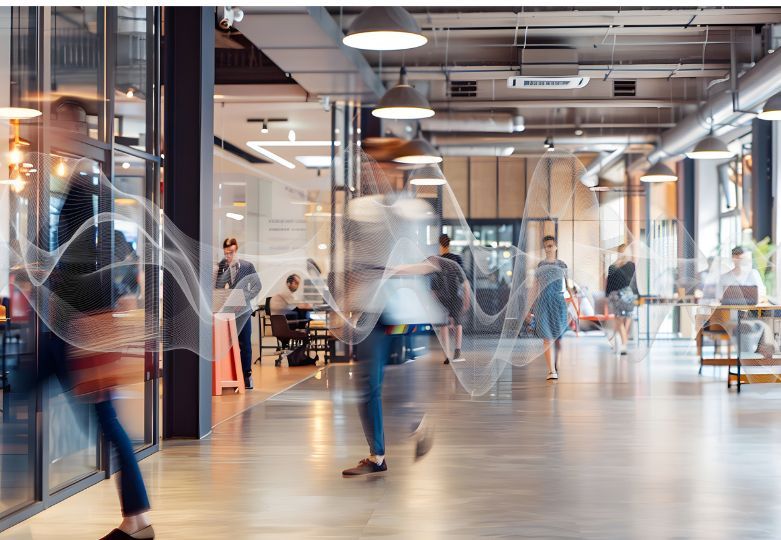
Sound Matters: What 400+ Employees Reveal About Noise in the Workplace
According to the Office Space Report 2025 by Robin, which surveyed over 400 office workers, the number one reason employees avoid the office is distractions, with noise, especially from conversations and nearby teams, being a major contributor.
Read article
Designing for Focus: How to Balance Collaboration and Quiet in Modern Offices
Modern office design has shifted dramatically from the cubicle-heavy layouts of the past to more open, collaborative spaces. While these environments encourage teamwork, creativity, and a sense of community, they also come with challenges, especially when it comes to office noise, acoustic comfort, and privacy. This comprehensive guide explores how organizations can effectively balance open collaboration with the need for quiet zones using smart office design and sound masking technology.
Read article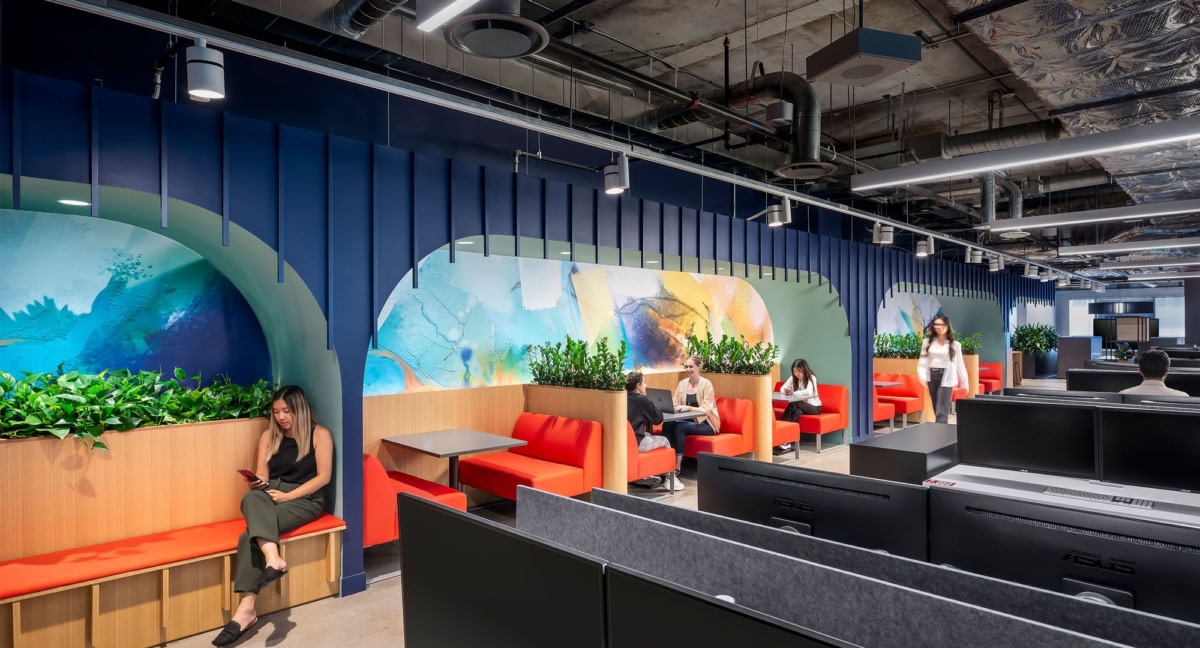
BCO’s Latest Office Design Guide: Key Insights and the Importance of Acoustics
The workplace is evolving rapidly, driven by the widespread adoption of hybrid working models and the growing urgency of sustainability initiatives. Recognizing these shifts, the British Council for Offices (BCO) has released the third edition of its Guide to Fit-Out, offering updated best practices to design office interiors that align with today’s work dynamics and environmental responsibilities.
Read article
How to Increase Productivity in the Office Space: Tools, Design, and Innovations
Office productivity is no longer just about time management—it’s about creating an environment that fosters efficiency, focus, and well-being. Studies show that workplace distractions can significantly impact performance. Here’s how you can optimize your office space for maximum productivity.
Read article
The Workplace of 2025: Trends Shaping Sustainability, Wellness, and Acoustics
The role of the office has been redefined as companies have also felt rising pressures to take a stand on employee wellness, diversity, and environmental sustainability, making such priorities central to workplace evolution.
Read article
Controlling Noise and Vibration in Mining While Ensuring Compliance and Efficiency — Insights from Soft dB's Monitoring Director
CIM Magazine, a leading publication in the mining industry, interviewed Dr. Pierre-Claude Ostiguy, Soft dB’s Director of Acoustics & Vibration Monitoring. He shared valuable insights on how mining projects can stay compliant with noise and vibration standards without compromising operational efficiency. Read the full article or check out the key takeaways we’ve highlighted for you!
Read article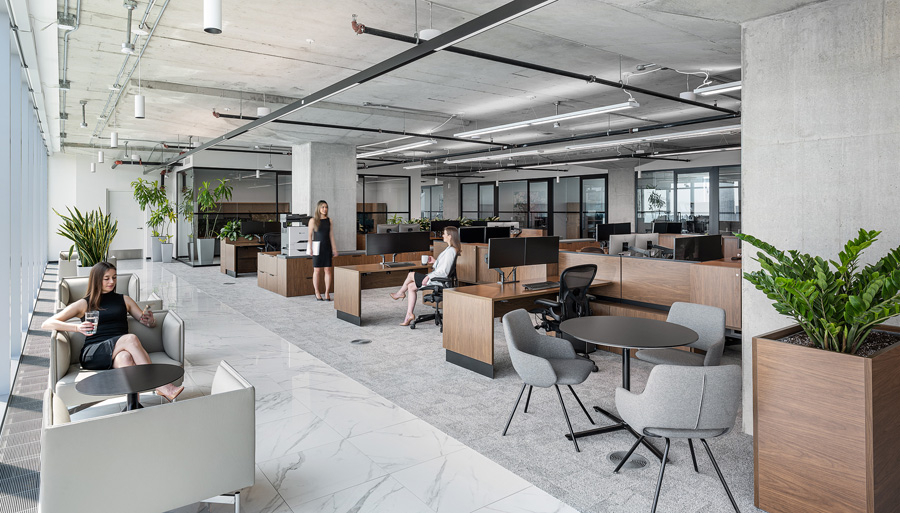
How WELL and LEED Standards Approach Acoustic Privacy Differently—and Why It Matters for Your Workspace
With the rise of sustainable building standards like WELL and LEED, facility managers and architects increasingly face the challenge of balancing green design with occupant well-being. While both certification systems promise high-performing spaces, new research and insights reveal a significant disparity when it comes to acoustic privacy
Read article
Understanding the Impact of Office Acoustics on Employee Well-being
Office acoustics have a significant impact on employee well-being, a topic that was emphasized at this year’s IFMA World Workplace 2024, held from October 9 to 11 in San Antonio, Texas. Through various educational sessions, facility management professionals explored how noise control and space design play a critical role in employee comfort, health, and productivity in modern work environments.
Read article
Overcoming noise with sound: why does it work?
The emergence of a sound source is the difference in sound level between that sound source and the background noise. For example, if we have a sound source at 40 dB and a background noise at 30 dB, there will be an emergence of 40-30 = 10 dB. The higher the emergence, the more perceptible a sound source will be, whether it's a pleasant source or an annoyance.
Read article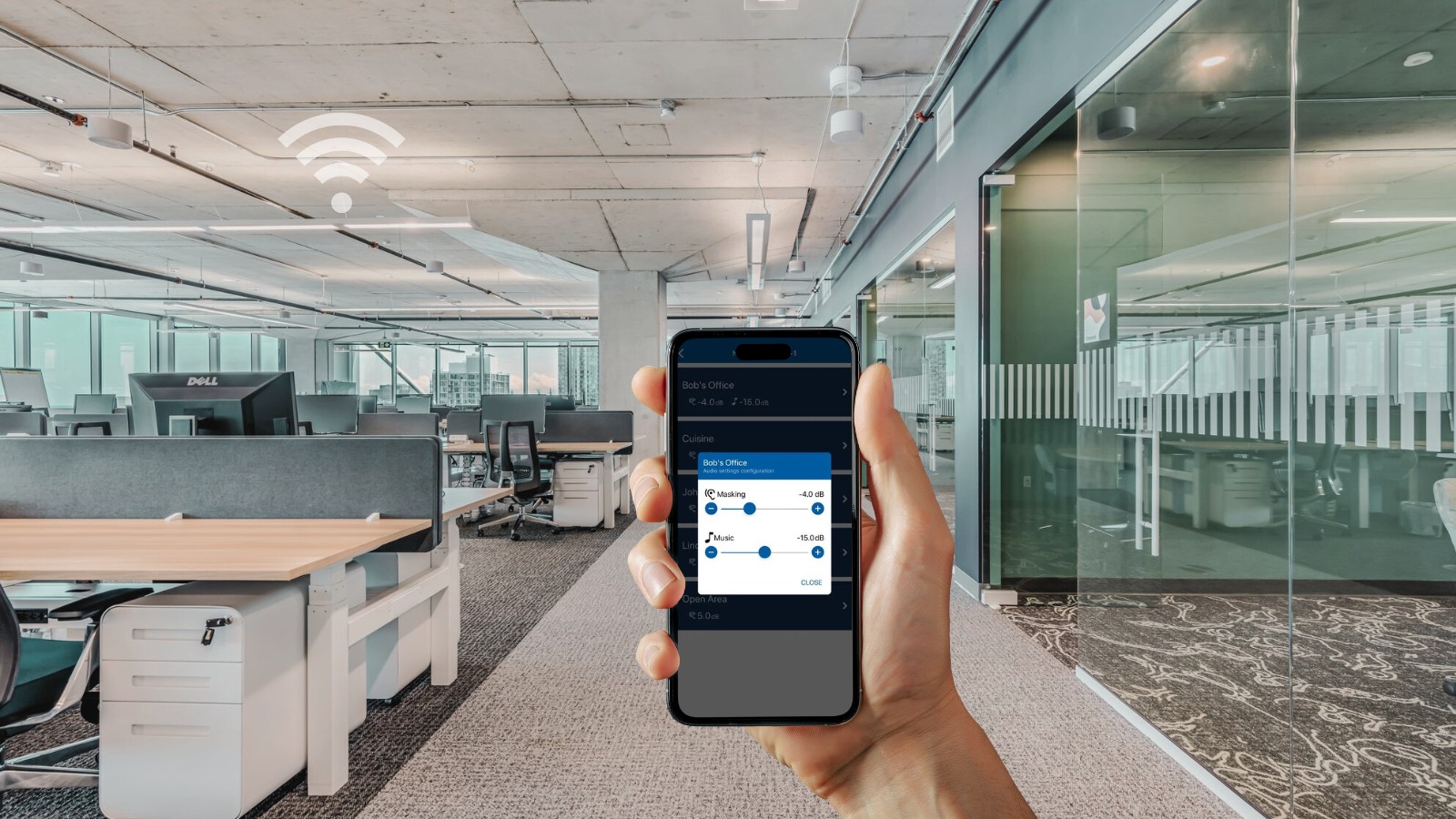
The Future of Smart Offices: Trends and Innovations
The concept of a "smart office" is rapidly evolving. As office and facility managers strive to enhance productivity, employee satisfaction, and operational efficiency, embracing the latest smart office trends has become paramount. This article delves into the emerging trends in smart offices, highlighting the significance of sound masking systems and other technological advancements shaping workplace environments' future.
Read article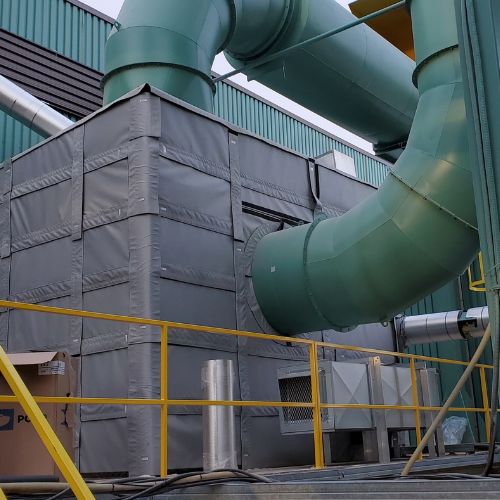
Acoustic Enclosure: The 5 Key Benefits of Reducing Noise Effectively
Acoustic enclosures are an effective noise reduction tool, that are custom-designed for various types of industrial machinery generating exceeding levels of noise.
Read article
Cost-Effective Acoustic Upgrades for Your Workplace
Managing sound effectively becomes a key challenge as office layouts evolve with contemporary trends favoring open plans and minimalistic designs. Fortunately, there are cost-effective strategies to improve office acoustics without breaking the bank, with sound masking being one of the most efficient solutions.
Read article
Interview With Work Design Magazine
Everything We Need to Know About Sound Masking, Privacy, and Comfort in the Workspace Today- Work Design Magazine Founder and Executive Publisher, Bob Fox, recently interviewed Soft dB’s Jeff Cauchon, President & CEO and Kate Paradis, Sound Masking Specialist for Southern California & Arizona. Watch the video here to see what we learned!
Read article
Sound Masking: A Core Component of Comprehensive Health Strategies for Workplace Wellbeing and Performance
In recent years, the discourse surrounding mental health in the workplace has intensified, highlighting the pivotal role of employee wellbeing in enhancing job performance. According to the International WELL Building Institute, implementing comprehensive health strategies across organizations not only boosts mental health and wellbeing among staff but also drives better performance and financial gains.
Read article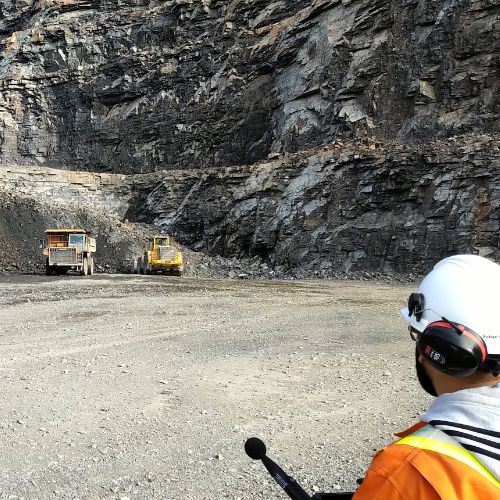
Mining Exploration and Noise: A Guide to Greater Social Acceptance
Mining exploration encompasses all the activities and processes, served to identify and evaluate, various types of mineral deposits.
Read article
New Study Reveals Key Benefits of Adaptive Sound Masking for Workplaces
A groundbreaking scientific study conducted by Eindhoven University of Technology in the Netherlands sheds light on an innovative solution: adaptive volume sound masking. This technology stands out as a pivotal development in enhancing office acoustics and promoting a healthier, more productive workplace atmosphere.
Read article
Debunking the Top Myths of Sound Masking in Office Spaces
In this blog, we'll delve into the top myths surrounding sound masking in office spaces and provide evidence-based insights to debunk these misconceptions.
Read article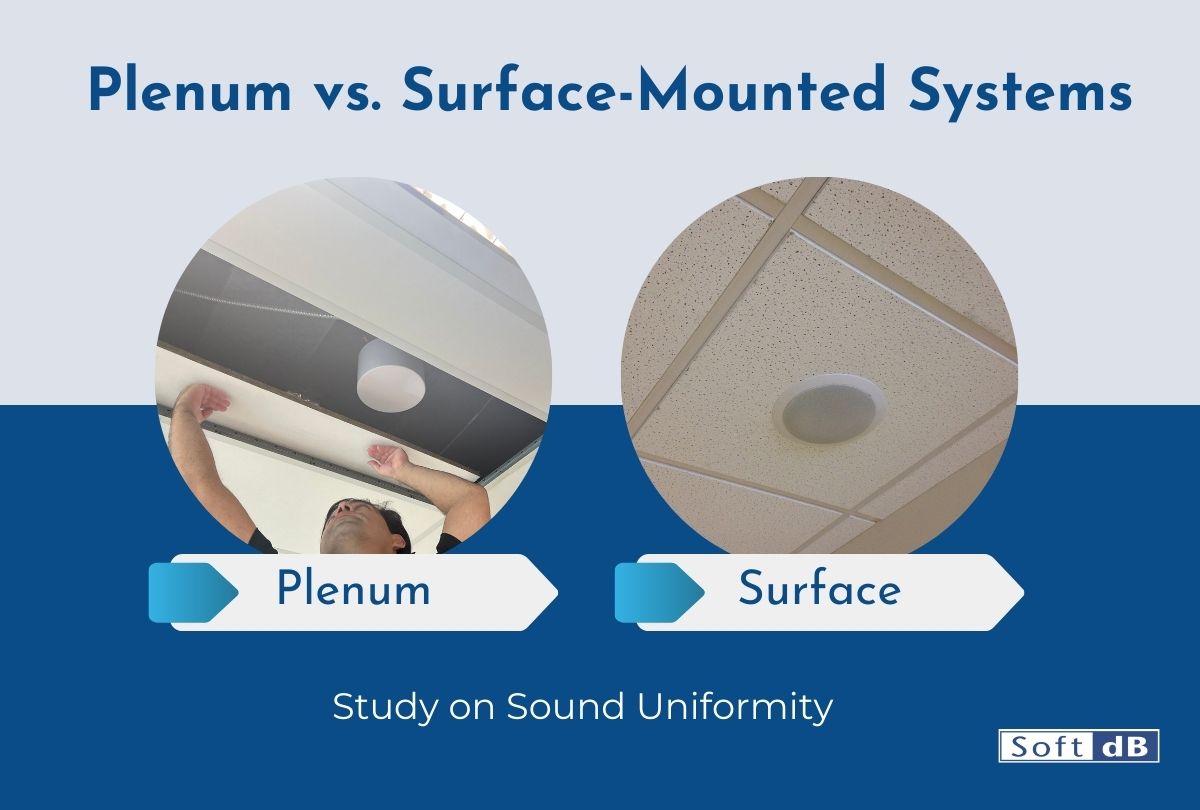
Sound Masking in Open-Plan Offices: Plenum vs. Surface-Mounted Systems
In the dynamic world of office design, acoustics play a pivotal role in creating a conducive and private work environment. A recent study delves into the efficiency of sound masking systems, which are vital in open-plan offices for enhancing speech privacy and reducing distractions. This study, a first of its kind, compares two types of sound masking systems: plenum-mounted and surface-mounted.
Read article
Striking the Perfect Balance: Office Acoustics and Sound Masking
In the ever-evolving landscape of office design, achieving the optimal balance of decibels (dBA) is crucial for creating a workspace that promotes comfort, privacy, and productivity. The right dBA levels in an office space significantly impact the well-being and efficiency of employees. In this blog, we'll explore the art of crafting the ideal acoustic environment for your workspace, and how sound masking can play a pivotal role in achieving the right decibel levels in different types of rooms.
Read article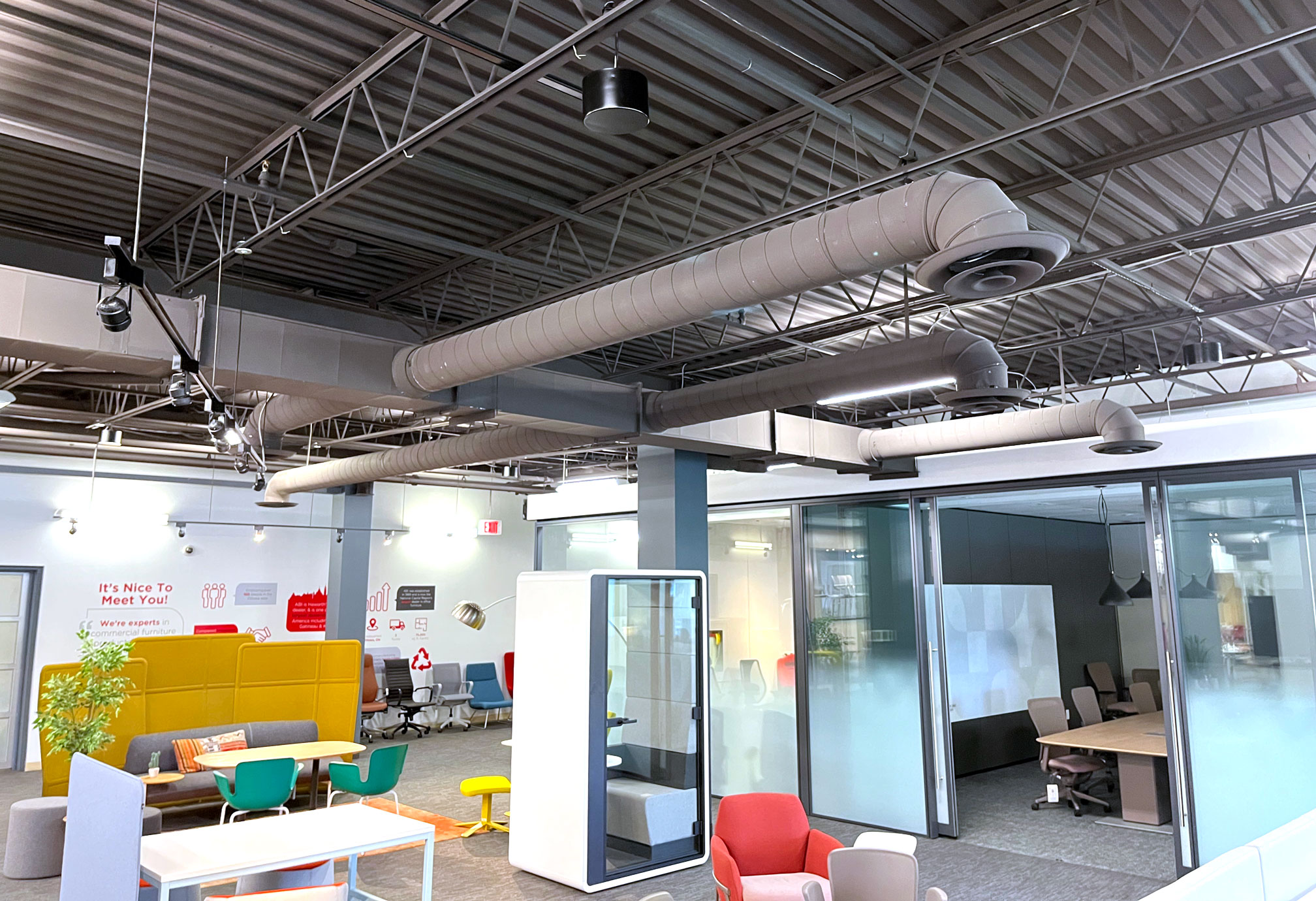
Addressing the Challenges of Office Space Design: Insights for Facility and Office Managers
The role of office managers and facility managers has evolved significantly. They are no longer just responsible for maintaining the physical workspace; they play a crucial role in creating a productive and engaging environment for employees.
Read article
Noise Study for Land-Use Planning in Ontario: What and Why?
When it comes to land-use planning in Ontario, there's more to consider than just the physical landscape. Noise, in its various forms, emerges as a critical factor that can profoundly impact the quality of life within a community.
Read article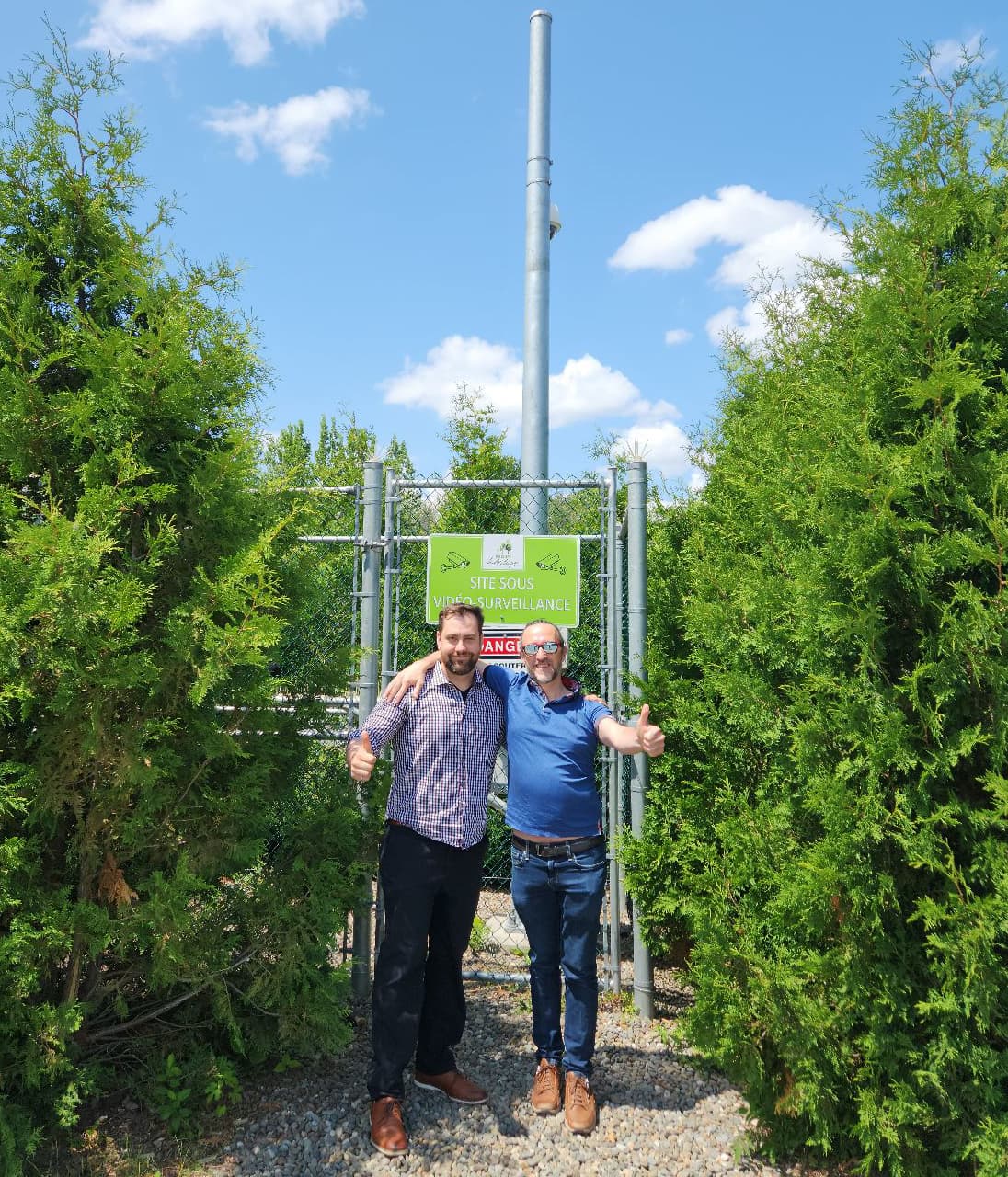
How Graymont Achieved Noise Compliance During the Heritage Project With Soft dB’s Environmental Noise Monitoring Solutions
Discover how Graymont, a global leader in lime and limestone solutions, successfully ensured its noise compliance during the Heritage Project (5-year duration) through complete environmental noise remote monitoring solutions from Soft dB.
Read article
Harmony in Healing: How Sound Masking Elevates Acoustic Design in Healthcare Exam Rooms
The 2022 Facility Guidelines Institute (FGI) Guidelines for Design and Construction of Outpatient Facilities now allow for a specific arrangement. Exam rooms equipped with electronic sound masking can maintain a composite Sound Transmission Class (STC) rating of 40 between them. Let's explore further how this requirement achieves its purpose.
Read article
Optimizing Collaborative Workspaces: Office and Facility Management Strategies.
When organizations strategically utilize space, improve productivity, ensure cost-effectiveness, and prioritize asset management, they can encourage work environments that promote collaboration and innovation. Here, we will explore effective strategies for designing conducive environments that promote teamwork and creativity. We will address important aspects, including managing offices and facilities, optimizing workplaces, utilizing space effectively, enhancing productivity, achieving cost efficiency, managing assets, planning maintenance, prioritizing safety and security, and implementing sustainability initiatives. Also, we will explore the significance of employing sound masking systems to improve workplace productivity and ensure well-being.
Read article
The Role of LEED and WELL Certifications with Sound Masking Systems
In today’s fast-paced world, the importance of sustainability and employee wellness is at an all-time high. Companies are focusing on creating workspaces that not only look good but also function in a way that promotes environmental responsibility and employee well-being. This is where LEED and WELL certifications come in. An article in collaboration with Workdesign Magazine.
Read article
Back to the Office
Discover how sound masking technology can enhance comfort, privacy, and productivity, and create a happier workforce and a thriving, efficient company.
Read article
Sound Masking Systems: The Key to Protecting Privacy in Modern Workspaces
As office spaces evolve to meet the demands of modern business, the need for sound masking systems has become increasingly important. Learn how these systems can protect customers' information and improve employee productivity.
Read article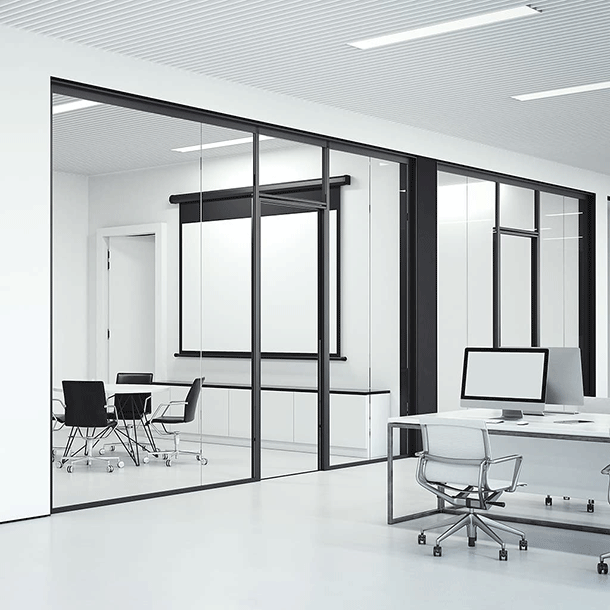
How Acoustically Effective Are Movable Walls?
With the ever-growing rise in popularity of open floor plans, it makes perfect sense to incorporate movable walls into the design of office spaces. Movable walls are yet another architectural innovation that designers can leverage to deliver the kind of workspace atmosphere that optimizes focus and promotes productivity while ensuring employee wellness.
Read article
How Private Is Your Private Office?
Lack of privacy can be a problem, but the illusion of privacy is an even greater problem. This is perhaps even more true in the case of closed offices, where conversations happening behind a closed door are generally intended to be kept that way, isolated from the rest of the workplace. Speech Privacy and Sound Masking
Read article
What’s the Difference Between White Noise, Pink Noise, and Sound Masking?
You’ve probably heard of white noise before. You may even have already read about how it can help you sleep, think, and concentrate better, by hiding unwanted sounds around you. And if you got ever so slightly curious about white noise, then you’ve likely heard of pink noise too. You’re into workspace acoustics? You may even be familiar with sound masking.
Read article
Understanding Vibrations and How They Affect Both Structures and Humans
Vibrations are defined as continuous cyclic motions and they can be experienced by any system, living or not. Vibrations happen literally everywhere. Drilling, blasting, construction or demolition work, jackhammers, piledrivers, heavy loaders, turbines, blowers, generators, transformers, and transportation: they’re all great examples of activities and equipment that generate significant vibration levels for anyone or anything standing in their viscinity. On a regular basis, our vibration consultants are called in to tackle diverse vibration-related problems in the residential, industrial and environmental sectors.
Read article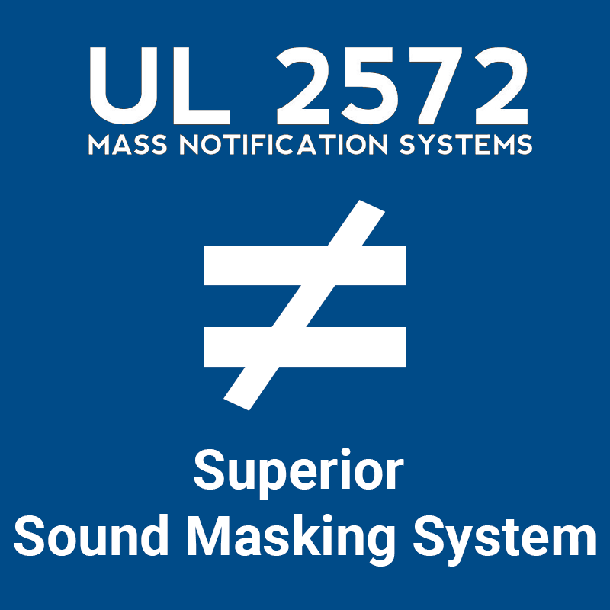
NFPA 72 and UL 2572 Standards Are Irrelevant to Sound Masking Systems
UL 2572 is a product certification developed by Underwriters Laboratories and specifically intended for mass notification systems. This certification has nothing to do with sound masking systems whatsoever. Meanwhile, a well-known sound masking system supplier openly claims that its system is the only one on the market that is NFPA 72 and UL 2572 certified. It’s important to understand that this is solely a marketing tactic, misleadingly suggesting that sound masking and mass notification system standards somehow correlate to each other.
Read article
SMS-SURF4 Sound Masking Speaker Now Complies with the City of Chicago Environmental Air (CCEA) for Plenum Installation
The safety and efficiency of our sound masking equipment takes top priority, which is why our SMS-SURF4 loudspeaker is now available with a Chicago Plenum option to meet City of Chicago Environmental Air (CCEA) regulations.
Read article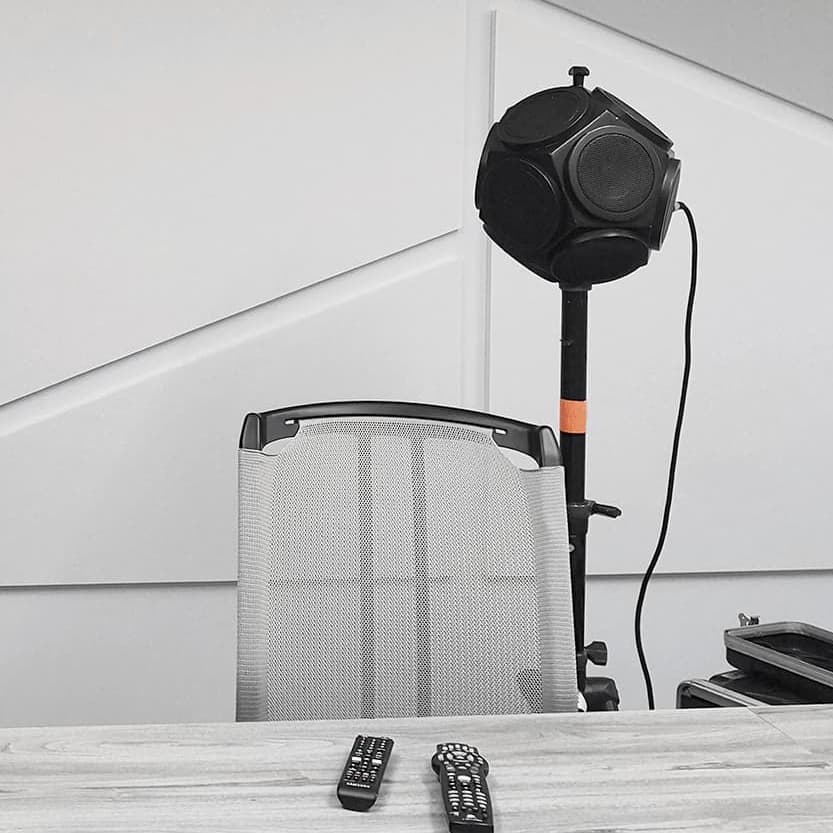
Glossary of Key Acoustics and Vibration Terms
This acoustics glossary provides explanations and definitions for various words used in the field of acoustics and vibration.
Read article
Your Open Office Plan Shouldn’t Come at the Cost of Lower Employee Productivity
It comes as no surprise that noise is most often singled out as the most disturbing factor of indoor environment in open offices. Several independent studies have shown that noise, especially speech, reduces task performance of cognitively demanding tasks. In fact, it has even been suggested that poor task performance significantly correlates with increasing speech intelligibility. With that in mind, the most effective room acoustic design of open offices should aim primarily at reducing speech intelligibility between workstations.
Read articleSMS-STR Sound Masking Speaker Is Now Compliant with the City of Chicago Environmental Air (CCEA) for Plenum Installation
The safety and efficiency of our sound masking equipment is paramount, which is why our SMS-STR loudspeaker is available with a Chicago Plenum option to meet City of Chicago Environmental Air (CCEA) regulations.
Read article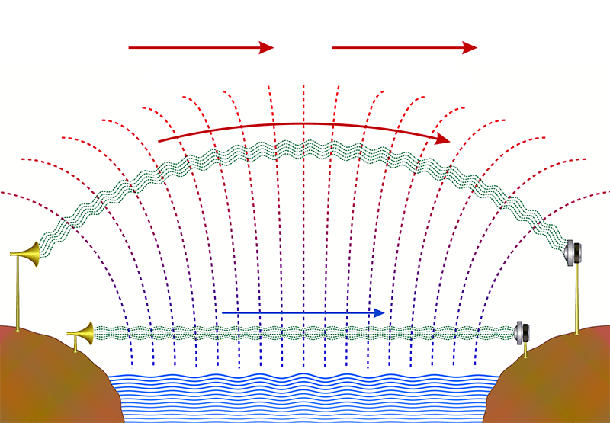
The Effect of Wind and Temperature Gradients on Sound Waves
Sound is a mechanical wave, which means that it needs support to propagate (air), unlike electromagnetic waves that can propagate in a vacuum. It also means that sound is subject to changes in air condition. Several factors influence sound propagation, including wind and temperature gradients. The wind is the movement of air caused by the difference in atmospheric pressure between two zones. The wind can slow down or accelerate the speed of sound, depending on whether it is blowing in the same direction or in the opposite direction to the sound signal.
Read article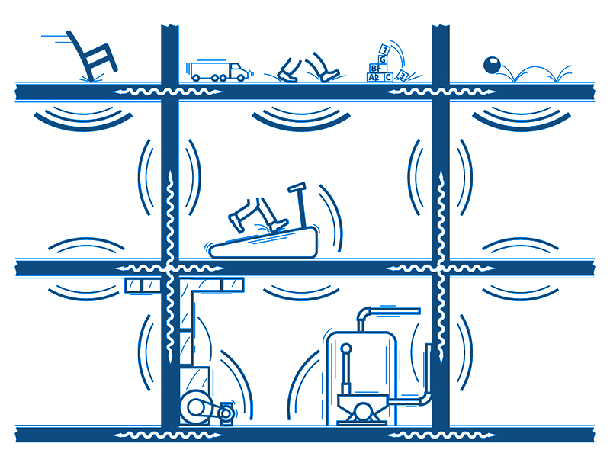
What Is an FIIC Test?
An interesting test to characterize the soundproofing of a building is the FIIC test (Field Impact Insulation Class). Like the FSTC, it represents measurements taken directly in the building in question and not laboratory data. Otherwise, it would be the IIC (Impact Insulation class) test. Like the STC, the CII result will always be better than the FICC, because the conditions to which the floor is subjected are ideal and the reality can be much harder.
Read article
Assessing the Acoustic Performance of Partitions
In any study of architectural acoustics, an assessment of acoustic performance of room partitions is an important metric to capture in order to support any recommendation for additional soundproofing measures, or to check if existing room partitions meet government standards. Several performance rating systems acceptable to architects and acoustic engineers are available, such as the STC, FSTC and ASTC indexes.
Read article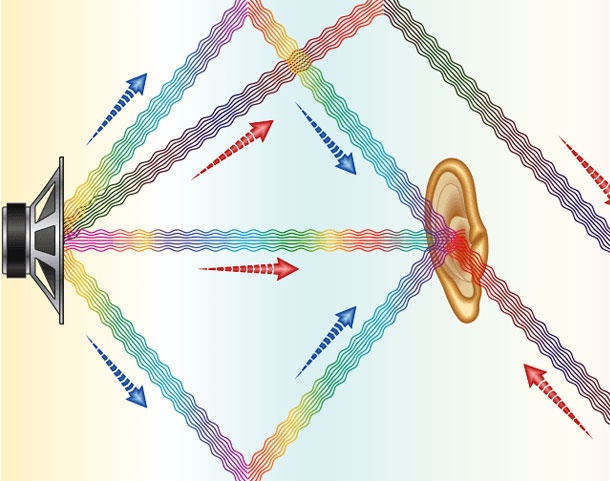
What is Reverberation in Acoustical Analysis?
Sound waves develop in a compressible medium, such as air, when there are very short variations in pressure. A sound is what the ear perceives from this fluctuation. If the wave created by a sound source crosses the medium and arrives straight at the listener, then we call this a direct sound or a dry sound. By contrast, sound waves generally don’t reach the listener directly. Instead, they are reflected by an obstacle. This phenomenon is what we call an echo. What’s more, if the sound wave is reflected several times before reaching the ear, we call this a reverberation.
Read article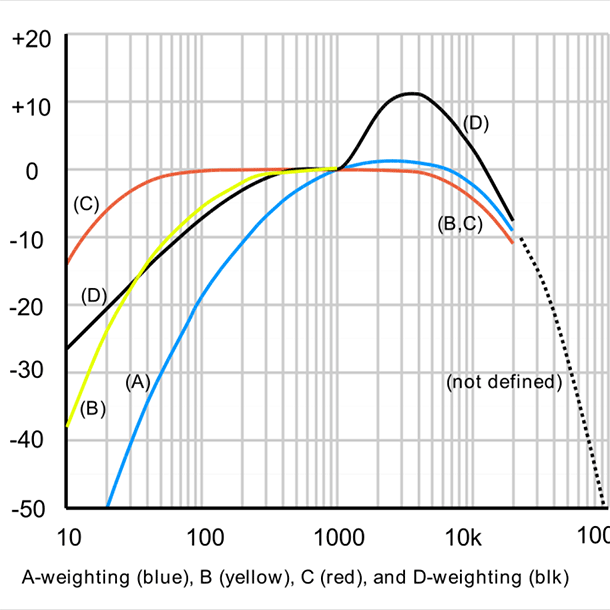
Measurement In Decibels: What Is the Difference Between dB and dB(A)?
Decibels (dB) are a measurement of sound intensity over the standard threshold of hearing. Although dB is commonly used when referring to measuring sound, humans do not hear all frequencies equally. Consequently, different weightings were created to give a loudness measurement that takes into account how the human ear actually perceives sound. This is why you’ll often see noise levels given in dBA (A-weighted sound levels) instead of dB.
Read article
What Is an Environmental Noise Assessment?
There are multiple standards and regulations regarding noise, but taking one single reading of sound levels won’t determine whether the sector meets the requisite standards. And neither is it likely to result in the early identification of environmental noise reduction solutions. According to the World Health Organisation (WHO) definition, environmental noise is noise emitted by all sources within an environment, other than noise generated in the workplace. In other words, it could be the noise created by the movement of nearby cars or even noise coming from the neighbourhood itself.
Read article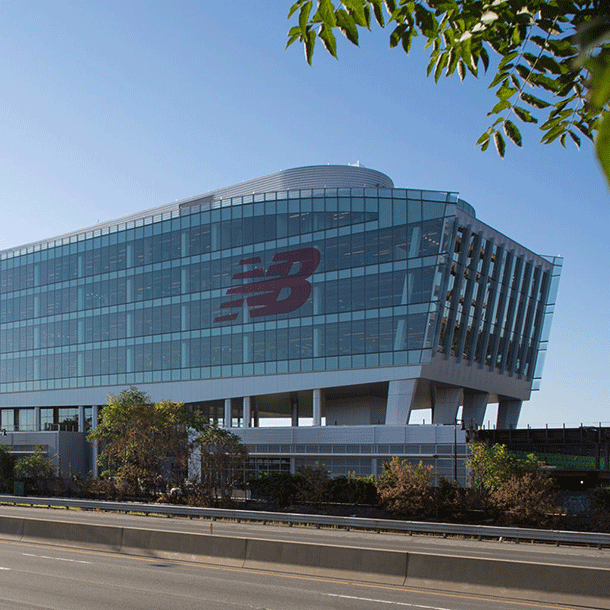
LEED Construction and Sound Masking Play Well Together
As the demand for more sustainable building options increases, green construction is becoming more popular within the international construction market. It comes as no surprise that Soft dB experts are increasingly involved in LEED certified projects. Such projects often aim at delivering modern, bright, airy workspaces that put employee wellness, health and productivity at the core. However, green building design brings new acoustical engineering, vibration and noise mitigation challenges that didn’t previously arise in conventional construction methods. Tackling this new set of challenges is what Soft dB does best.
Read article
Sound Masking: Calculate Your Return on Investment in Two Clicks!
The advantages of sound masking have been the subject of much scientific research. From these studies come the numbers that we use today to assess the real costs of these systems in your different office spaces and work environments. There’s a simple way to calculate return on investment (ROI) resulting from sound masking. You can use our simple ROI Calculator to help you evaluate concrete return on investment for the parameters of any office planning project.
Read article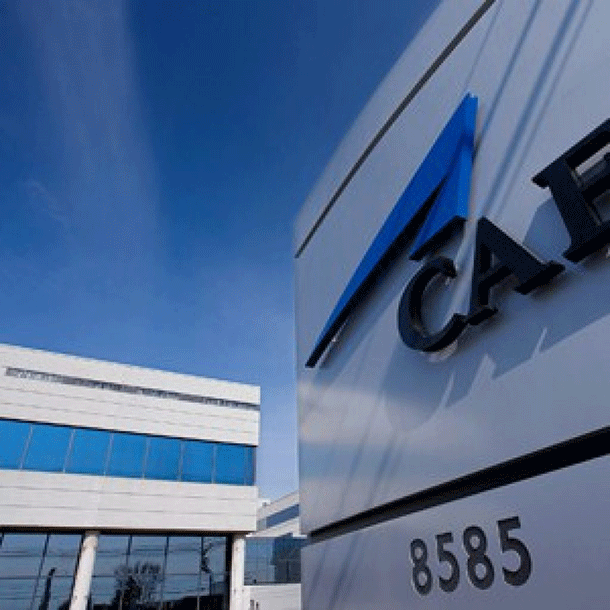
Successful Transition To Activity Based Working (ABW): The Case of CAE
CAE, a world leader in training for civil aviation, defence, and healthcare, took a big leap forward: revolutionizing the layout of its Montréal head office, transforming it into innovative spaces and saying goodbye to assigned office spaces! As it grew, CAE developed its head office in a number of pavilions (18 in total). Finally, it was no longer possible to acquire new parcels of land to expand the building, as the site is enclaved among several expressways. CAE was also experiencing – and still is today – accelerated growth in its market. This meant hiring new teams and finding new spaces for them to work in. Learn how and why the Soft dB Sound Masking System was the best solution to help CAE overcome the many constraints.
Read article
What Is an Acoustic Engineer?
An acoustical engineer is an engineer who specializes in the science of sound and vibration (physics). Their primary function is the control of noise or vibration that can affect individuals, and the improvement of the sound environment for the population. The sectors that benefit from expertise in acoustical engineering are numerous and diverse: environmental, architectural, industrial, entertainment, manufacturing, and transportation.
Read articleNeed Help With Noise & Vibrations?
Making your spaces feel more comfortable and private acoustically goes a long way to helping occupants be the best they can be. Mitigating noise and vibration levels at work can help you optimize your operations, and protect your most valuable assets: your employees and your community.
Ask our experts